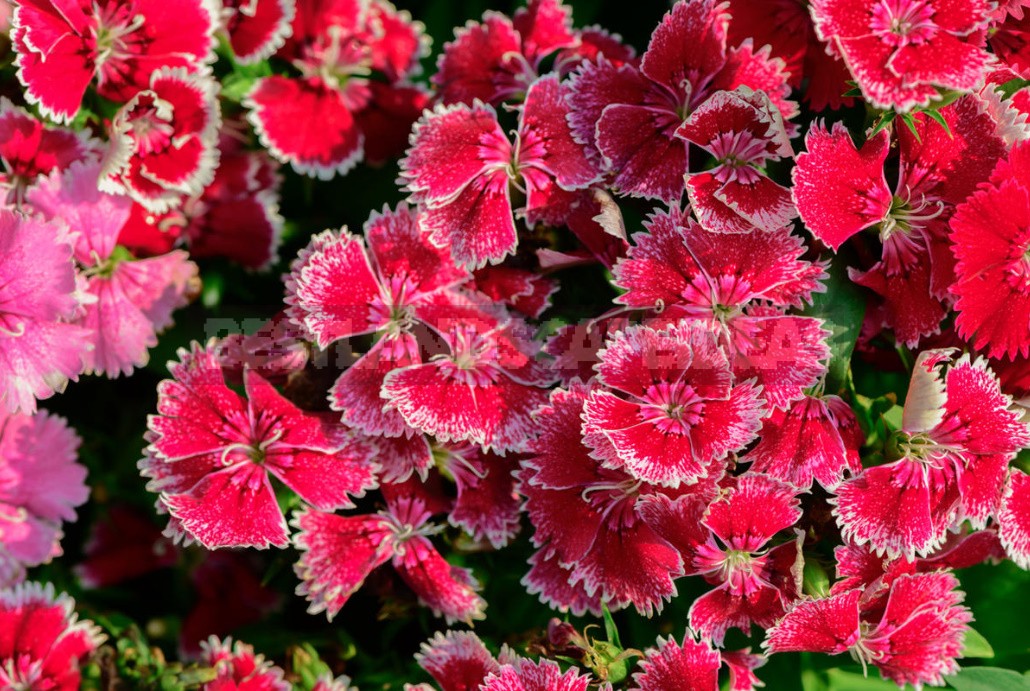
At the word “carnation” many immediately imagine a scarlet fragrant flower on long thin peduncles — the official symbol of festive events. But carnations are different, and today we will talk about other beautiful representatives of this numerous family, which for some time were undeservedly forgotten, and now return in triumph to our flower beds.
What is the secret of the charm of perennial carnations with small flowers? Why does the changing garden fashion look favorably on them again and again?
Leadership set of characteristics
Low-growing and small-flowered beauties boast a number of advantages that gold appreciated by vacationers:
- bloom in the hottest period of summer,
- long flowering (mid-late October with the already severe frosts),
- some of the most drought-tolerant garden plants
- many species and varieties nice spicy flavor,
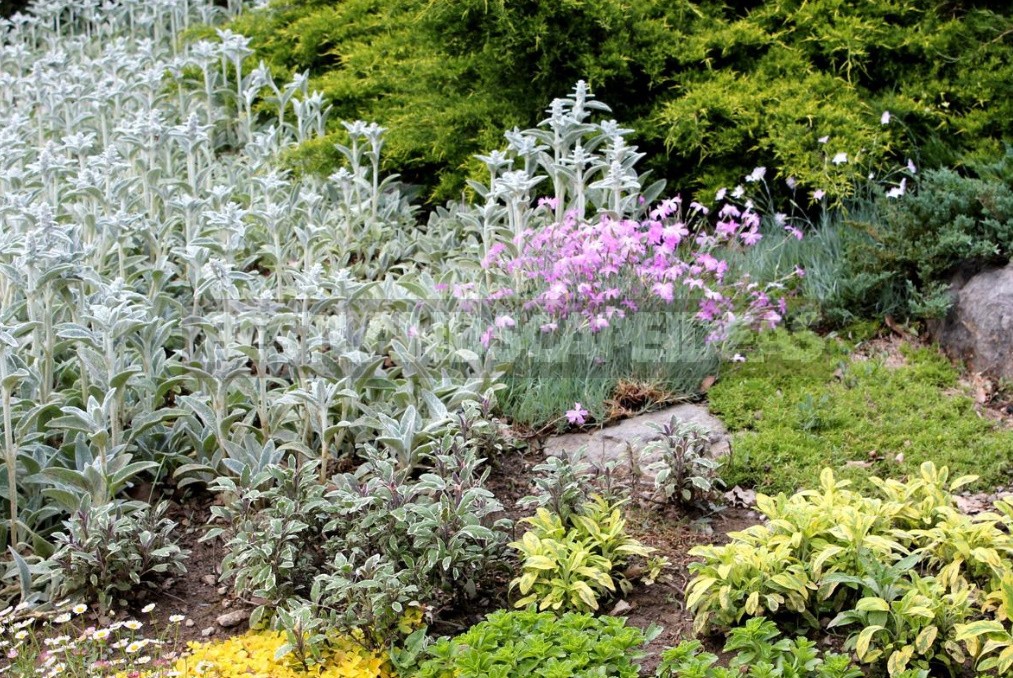
- grow wild even on poor soils,
- tolerate lime-containing soils,
- thanks to bluish waxy coating on the leaves perfectly endure the scorching rays of the sun in the South,
- resistant to wind (strong stems do not break, only bend under its gusts),
- practically not damaged by naked slugs,
- a wealth of types and varieties of different colors to create borders, flower beds, tapeworms, Moorish lawn, stony garden, stony wall, garden vases and containers.
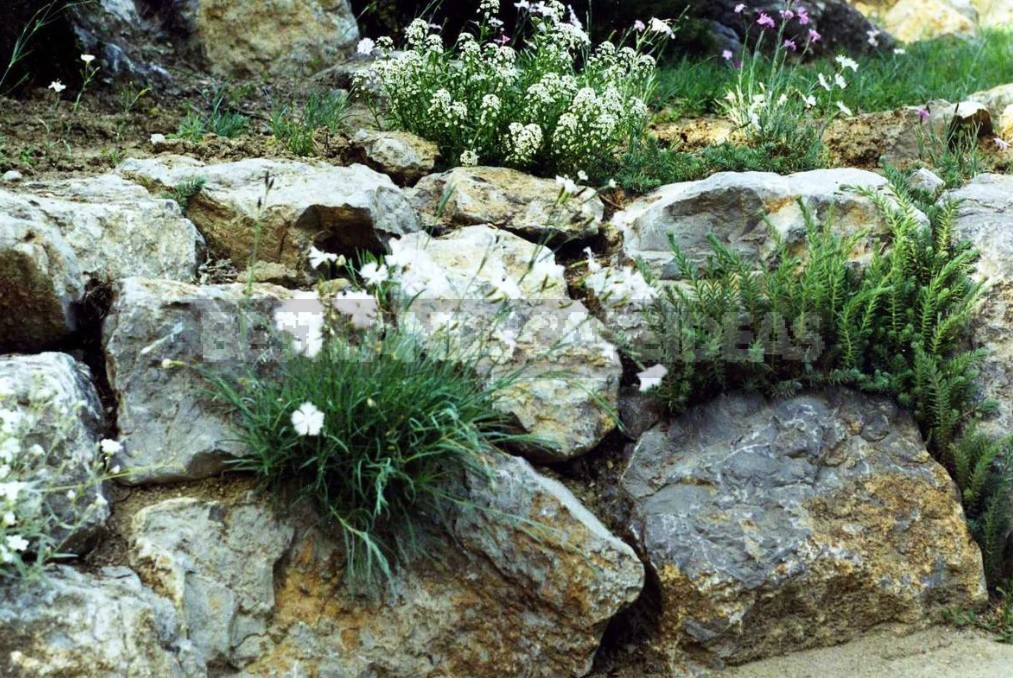
Practical suggestion. From wintering, perennial cloves often come out with a large number of dry leaves and shoots. If the plants are not old, there is no need to rejuvenate them, remove only the dead parts. Later, after flowering, when you will remove the faded flower stalks, cut more.
Minor drawbacks are not a hindrance to take off
Perhaps some can be attributed to the peculiarities of cultivation, and only the last item can really deliver some of the trouble gardeners:
- almost all types in adulthood can not tolerate a transplant
- does not tolerate stagnant waterlogged soil and its
- compaction
no self-cleaning species and varieties (so withering the stalks have time to clean, to maintain the neat appearance of the plant).
Practical suggestion. Perennial carnations to preserve decorative rejuvenate every 3-4 years, optimally-at the end of summer.
Culture features
All perennial carnations, which will be discussed below, are hardy, in the middle zone they winter without shelter. They bloom well in open areas and in a light penumbra. They prefer neutral and slightly alkaline soils. They are quite drought-resistant, but in hot and dry summers watering is mandatory. Propagated by seeds through seedlings.
Nuances of seed propagation
Seed collection is often carried out in the 2nd decade of August, at the beginning of yellowing of the boxes. Cut shoots are tied in bundles and hung in a ventilated room.

When the boxes begin to open, the seeds are cleaned. In the middle of March, they are sown by sealing them shallowly, under a film, in a greenhouse. The substrate is prepared from a sheet, humus and sand, taken in equal proportions. At a temperature of +20°C, seedlings appear on the 6th-12th day. Picketing is carried out. when the first real leaves appear. Seedlings are aired, watered and fed 1 time a week with a weak solution of mineral fertilizers.
Main types and varieties
To appreciate the luxury and splendor of this culture, settle in your country several different carnations at once — you will love them all.
Dianthus deltoides
Now it is a frequent guest of country flower beds, and recently many gardeners have not even heard of such a carnation. She is from Europe and Asia.

It is a dense sod perennial up to 20 cm high and about 30 cm wide. Leaves are dark green, 1-1. 5 cm long. Flowers are single, white, pink, red, with a ring in the center.
Decorative varieties:
- ‘Brilliant’ (bright crimson flowers);
- ‘Leuchtfunk’ (bright red flowers);
- ‘Arctic Fire’ (light pink flowers, bright crimson center).
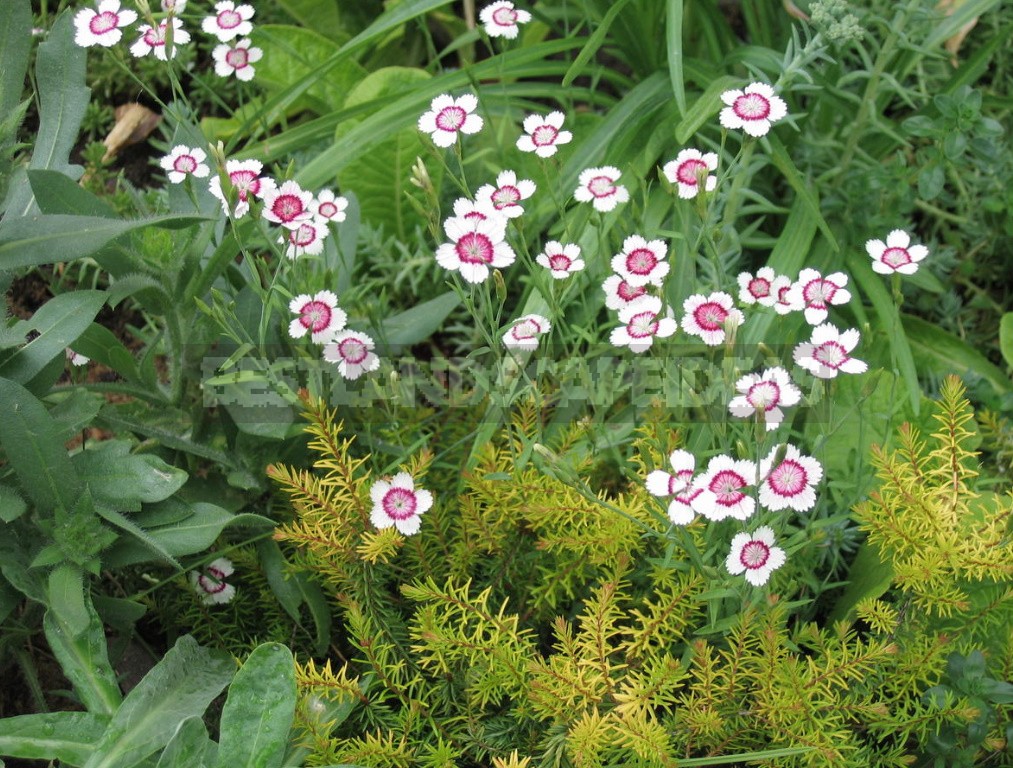
Practical suggestion. When rejuvenating the clove Bush, a strong pruning of the plant to the base is carried out. Apical herbaceous shoots of this year with 2-3 internodes can be taken on cuttings. In wet, clean river sand, they take root quickly, after about 2 weeks.
Dianthus imereticus
Endemic to the Caucasus; grows naturally in gravelly areas in the Western Transcaucasia.
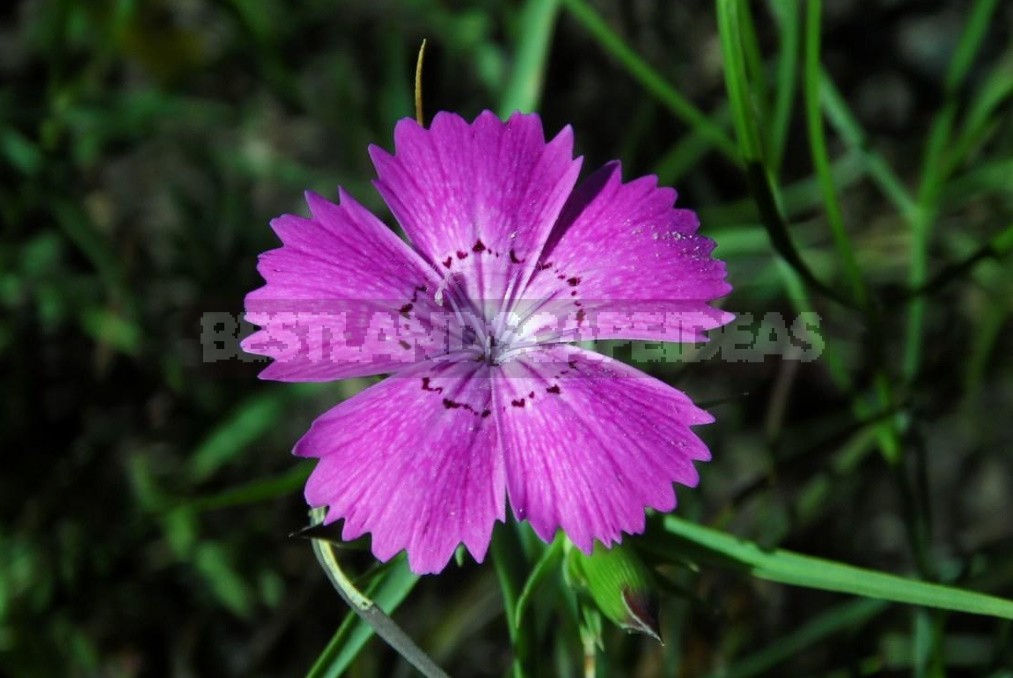
It is a perennial rhizomatous plant with numerous stems 30-60 cm high. Leaves are bluish-green, 4-10 cm long. Pink flowers, small-toothed petals, up to 2 cm in diameter, bloom in June-August. Remontant flowering: it blooms again in autumn. One plant can have from 2 to 10 flowers.
Practical suggestion. This clove is propagated by seeds, because their germination in the first year of storage is very high, up to 80%! Remember that the seedlings bloom in the second year.
Dianthus chinensis
One of the most unpretentious annuals for the middle strip.
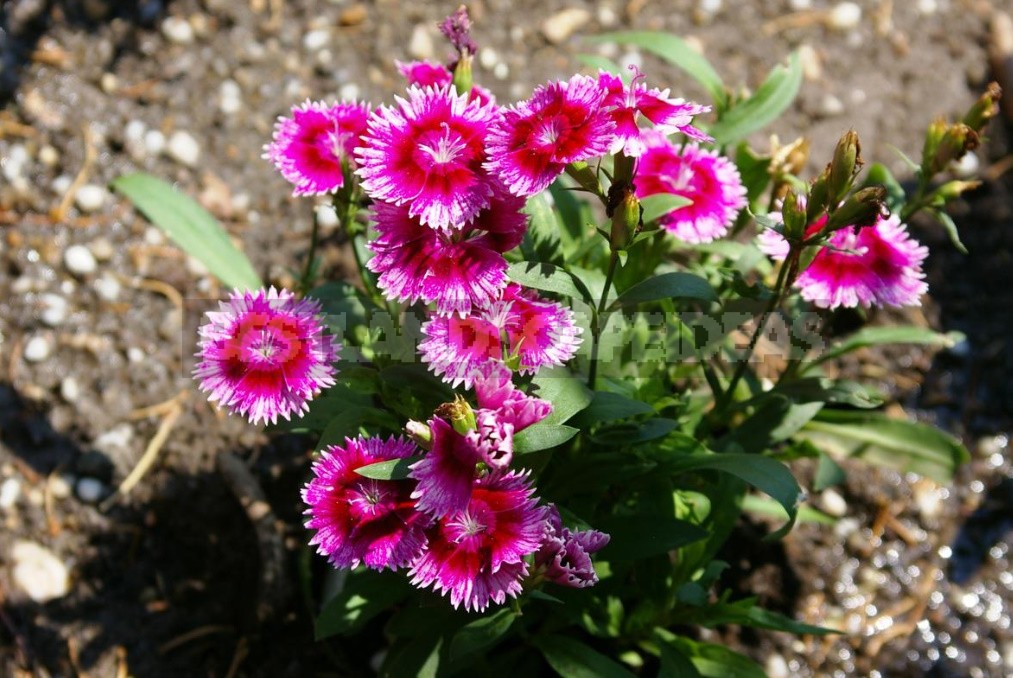
She is originally from China. It grows up to 70 cm in height and 16-23 cm in width. leaves are up to 8 cm long. Flowers up to 8 cm in diameter, pink, red, white, often with purple eyes, almost half the length of the petals are bordered by intricate patterns, single or collected in corymbose inflorescences. One plant can have up to 15 flowers; Blooms in summer and autumn, for a long time, until the real frosts.
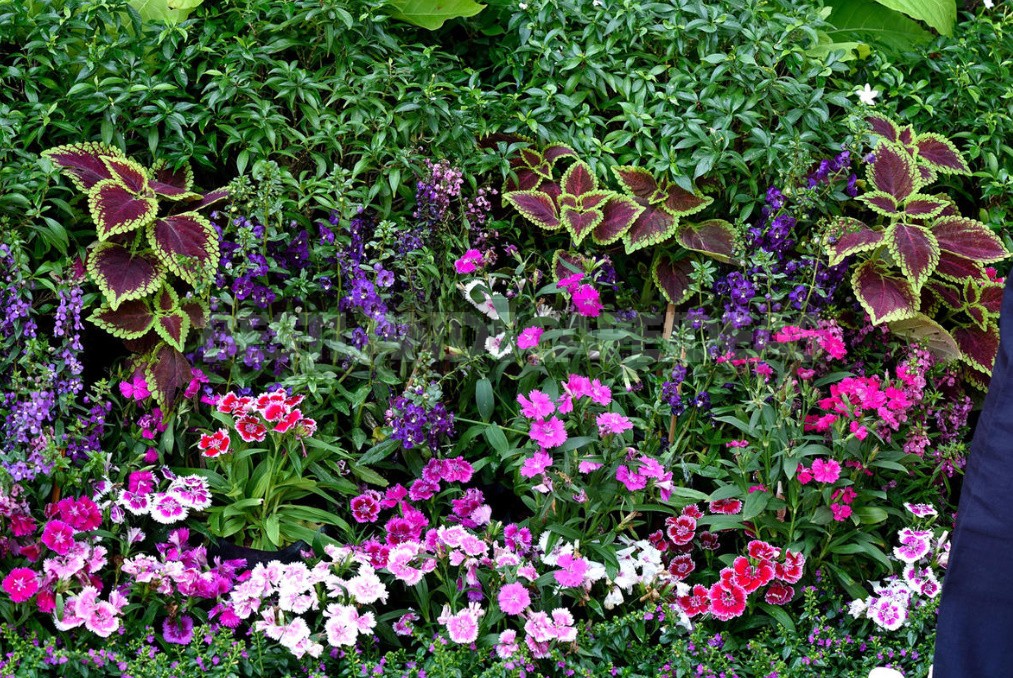
Practical suggestion. For early — in April — flowering, you can sow cloves on seedlings in January. But plants sown in April will bloom in mid-summer and will bloom until October.
Dianthus plumarius
Another European species. This is one of my favorite plants, a flower.
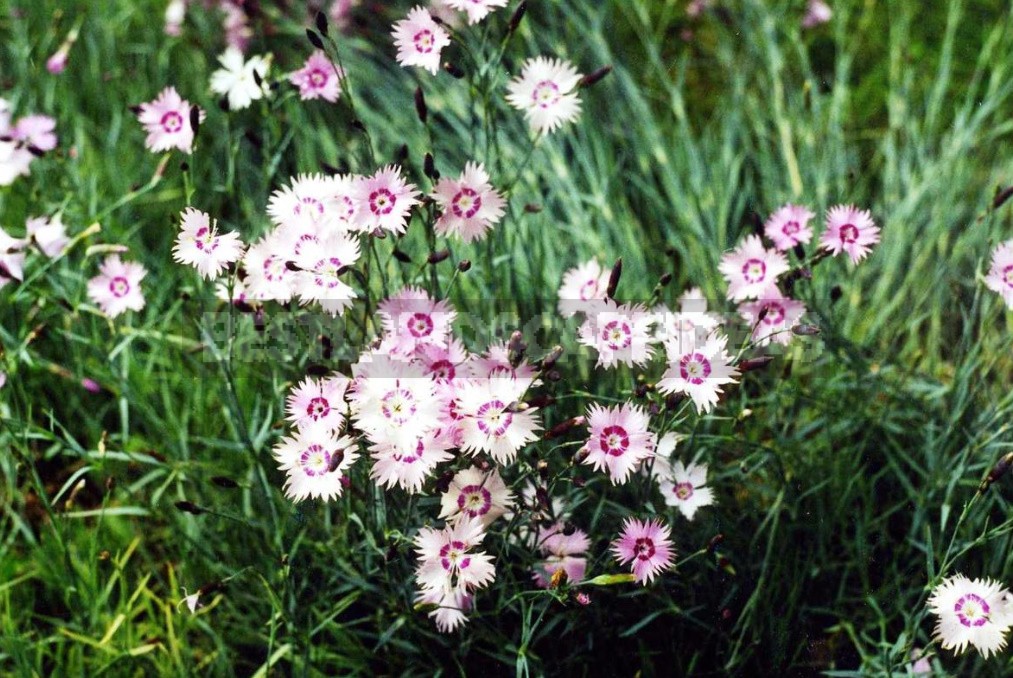
An evergreen perennial with a height of 25-30 cm. The leaves are silvery-green, narrow, sometimes twisted, with a length of 10-12 cm. Flowers are fragrant, small, can be simple or double, single, 3 cm in diameter; white, pink, with a ring in the center, petals with fringed-split edges, variegated; bloom in July-August (in the South — from may).
Practical suggestion. On a permanent place grown up, strengthened and hardened seedlings of cloves are planted in may, adhering to the distance between the plants of 20-25 cm.
Dianthus petraeus
This beauty comes from South-Eastern Europe, Romania, and the Balkans.

It is a creeping perennial 15 cm high and up to 20 cm wide. Leaves are 2.5 cm long. Flowers are fragrant, white, light pink, 1 cm in diameter; they bloom in summer.
Practical suggestion. Perennial low-growing fragrant cloves are used for border planting near garden paths, in rockeries, mixborders. In addition to those described in the article, the varieties D. caryophyllus, D. gratianopolitanus, D. arenarius and many others have very fragrant flowers.
Dianthus superbus
Slightly “shaggy” appearance. It is native to the mountainous regions of Europe and Asia.

This perennial is 20 cm high and wide. Flowers are fragrant, purple-pink, pink, 4-6 cm in diameter; they bloom from mid-June to the end of July.
Practical suggestion. Lush cloves can be grown in containers. The optimal soil substrate is a mixture consisting of humus, leaf, turf, sand, taken in a ratio of 2:1:1:2. for every 10 liters of the mixture, add 1 tablespoon of full mineral fertilizer (NPK) and crushed chalk.
A charming exception to the rule
Miraculously, Dianthus barbatus managed to escape oblivion, which, without striving for starry garden glory, modestly coexisted with various perennials in flower beds.

A peculiar result of today’s story is summed up by the final questions from the author: have any carnations already returned to your dacha? Tell us: where you put them, how they wintered, whether they bloom well
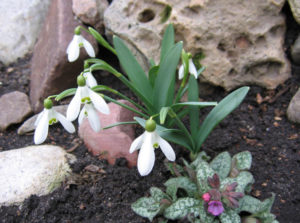
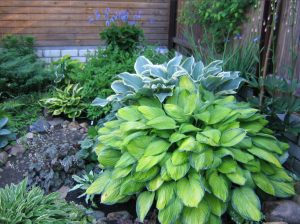
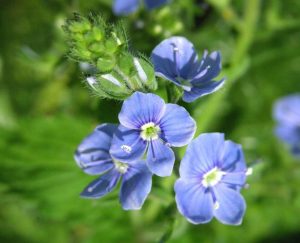
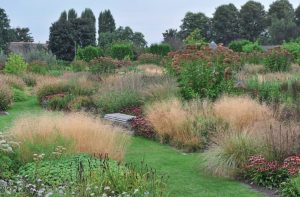
Leave a Reply